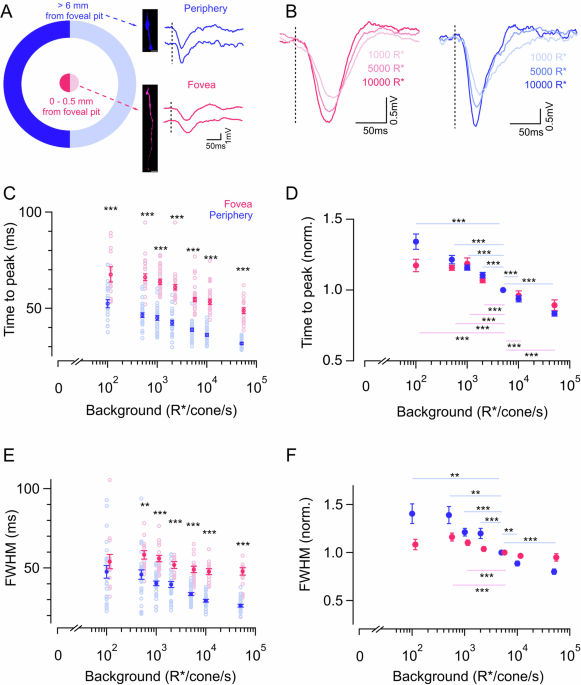
- Select a language for the TTS:
- UK English Female
- UK English Male
- US English Female
- US English Male
- Australian Female
- Australian Male
- Language selected: (auto detect) - EN
Play all audios:
Local News BOSTON INDICATORS SAY THE HIGH COST OF HOUSING DIRECTLY LEADS TO MORE HOMELESSNESS IN THE REGION. A new report reveals that Boston ranks among the highest in the nation for
homelessness, driven by sky-high housing costs. Boston Indicators, the research center at the Boston Foundation, found that Greater Boston has the second-highest per capita homelessness rate
out of the 45 largest cities or Continuums of Care in the country. Boston was only behind New York City, with 801 homeless per 100,000 residents. (New York’s rate is 1,056 homeless per
100,000 residents.) While Boston isn’t back to its 2014 peak, the report shows that homelessness rose substantially in 2023. Even though Boston has a high homelessness rate, however, it has
the eighth-lowest rate of unsheltered residents, with only 26 per 100,000 people. Only 6 percent of the region’s homeless population is unsheltered, far below the national average of 40
percent. Advertisement: The report says this is due to the region’s robust shelter system and related support services. The report also points to the state’s “Right to Shelter” law, which
guarantees emergency shelter for homeless families with children and pregnant women, as the reason for the high rates of sheltered homeless people. Massachusetts is the only state with such
a law. Other measures of extreme housing stability are also up, with residential overcrowding up 55 percent since 2006. “We have historically chosen a humane route,” said Kelly Harrington,
a senior research manager at Boston Indicators. Boston has historically seen a “lower rate of unsheltered and chronic homelessness, which is ultimately a positive thing.” HOW MANY PEOPLE
ARE HOMELESS? Homelessness began rising in Greater Boston in 2008, following the Great Recession. It went from about 10,000 people in 2008 to almost 15,000 in 2014. (The peak is due to
people staying in shelters longer, the addition of new shelter units, and the growth of hotel and motel use, which made it easier to count people as homeless.) Advertisement: In 2021,
levels returned to pre-recession levels, most likely due to pandemic-era regulations that provided additional benefits to low-income families, and poor-quality data. Homelessness counts
spiked back up in 2023 when the regulations ended, and regional counts began again. On the night of the 2023 Point-In-Time Count, a little under 13,000 people were experiencing homelessness
in Greater Boston. WHO IS FALLING INTO HOMELESSNESS? Even though bouts of homelessness can happen to anyone, those who experience it are usually from the most vulnerable populations . But,
what is specific to Boston is that most unhoused people are in family units, with 70 percent of the region’s homeless population in families compared to 28 percent nationwide. In addition,
Boston has been relatively welcoming to recent immigrant arrivals, who often have to wait six months to a year to obtain work permits. The report says the number of families seeking
state-assisted shelters has more than doubled in the past two years, with many being recent immigrants. Black residents are also more likely to experience homelessness. The report notes
that the recent increase is likely due to Haitian refugees fleeing political and economic instability. HOW DOES THE HOUSING SHORTAGE CONTRIBUTE TO HIGHER RATES OF HOMELESSNESS? The report
says the region has not built enough housing to meet the needs of everyone who wants to live here. The shortage is leading to higher rents and home prices and, therefore, higher rates of
homelessness than other metro areas with less expensive housing options. Advertisement: The report shows Boston is only behind New York and San Francisco in having the highest rent per
capita of homelessness in 2023. The report says the “broader dysfunction in our housing market” leads to few low-cost housing options. Despite the region having a strong economy,
Harrington said, it hasn’t been matched with the housing development. “Places without enough affordable housing options wind up with her rates of homelessness,” she said. She urges
policymakers to focus on creating more affordable housing and multi-family housing, including rezoning and making sure development happens. “Both affordable housing and market-rate housing
are important to help get people out of homelessness in the long run and keep people more at risk in falling into it as well.” The scarcity of housing impacts everyone, the report said, but
it disproportionately affects those with existing disadvantages, such as medical issues, mental illness, substance use disorders, or a history of incarceration. HOW ARE RECENT POLICIES
CHANGING THE OUTLOOK? The recent arrival of immigrant families who often have nowhere to go and end up in the emergency shelter system has contributed to the rising rates of family
homelessness in the region. * MASS. STATE SHELTER SYSTEM TO BEGIN PROCESS TO EVICT MIGRANTS AND OTHER FAMILIES In response to the increased demand for shelter, in 2022, the state began to
rely heavily on hotel rooms for families, and in 2023, it started sheltering families in facilities staffed by the National Guard. Advertisement: The dramatic increase has swamped the
state’s shelter system. “We have been saying for months now that the rapid growth of our Emergency Assistance shelter system is not sustainable,” said Gov. Maura Healey in a July 2024
statement. “Massachusetts is out of shelter space, and we simply cannot afford the current size of this system.” The state has modified the right-to-shelter law in a few key areas,
including: * Capping the provision of emergency shelter to 7,500 families in October 2023. * Creating a 9-month limit for families in the emergency shelter system in April. * Limiting
stays in overflow sites to five days in July 2024. The state also added to an existing priority list for permanent shelter spots for families with veterans or those who became unhoused due
to no-fault evictions and natural disasters. “The near-term challenge of increased demand for temporary shelter from families and those seeking asylum is pressing,” the report said. “But
addressing homelessness in Greater Boston in the long term will require structural solutions, specifically the construction of far more diverse, lower-cost housing. This approach will ensure
that families at all income levels can access decent housing without risking bouts of homelessness.” BETH TREFFEISEN Reporter Beth Treffeisen is a general assignment reporter for
Boston.com, focusing on local news, crime, and business in the New England region. NEWSLETTER SIGNUP Stay up to date on all the latest news from Boston.com









